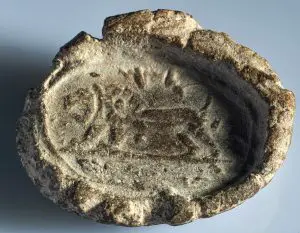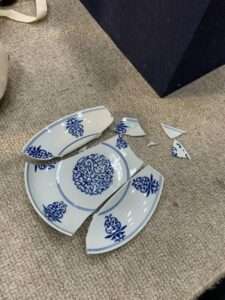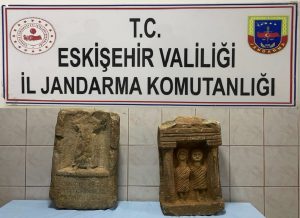A farmer harvesting beetroots was stunned when he unearthed a rare, incredibly well-preserved golden belt dating back to the Bronze Age.
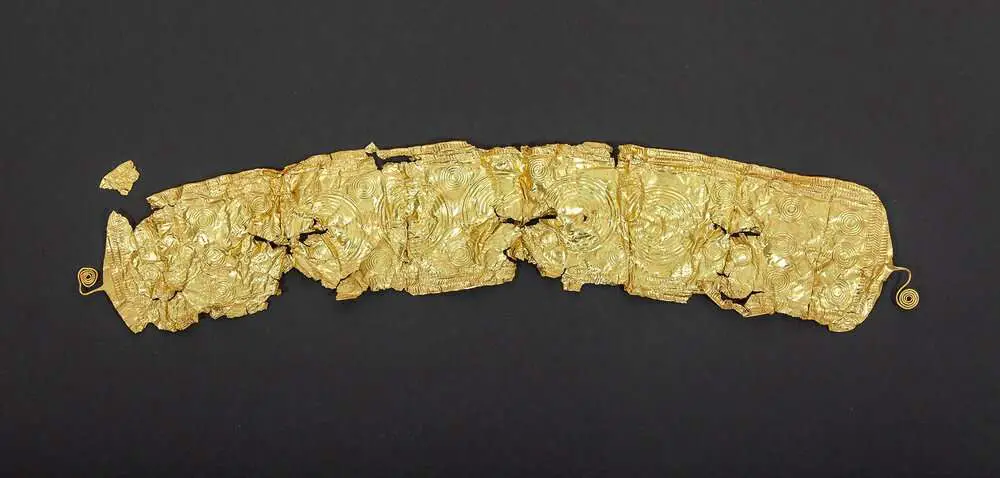
The thin, 20-inch-long piece of metal was found crumpled in a beet field in Katerinky, Opava, north-eastern Czechia in late September.
First thought to be a tiara, experts at the Silesian Museum in Opava – whom the farmer contacted – quickly realised it was a belt.
They revealed that the rare item is mostly made of gold but also contains some silver and traces of copper and iron.
The unique piece is decorated with raised concentric circles and has spiral-shaped clasps at either end.
Experts at the museum said its style suggests that it dates to the late Bronze Age. Preliminary analysis has dated it to around the 14th century BC.
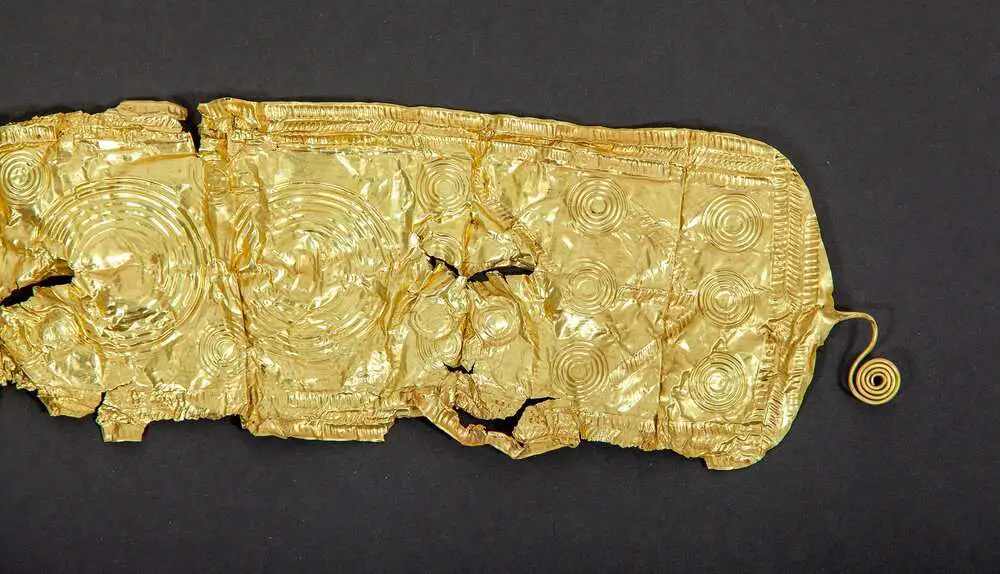
The Museum in Bruntal said in a statement obtained by Newsflash: “The belt is tentatively dated to the younger Bronze Age.
“Golden jewellery is a certain symbol of wealth, ‘prestige’, and probably belonged to someone with higher position in society.
“The belt was not meant for regular wear, it was probably used for selected occasions.”
The piece – whose monetary value has not yet been determined – is expected to go on display at the Museum in Bruntal at the end of next year.

